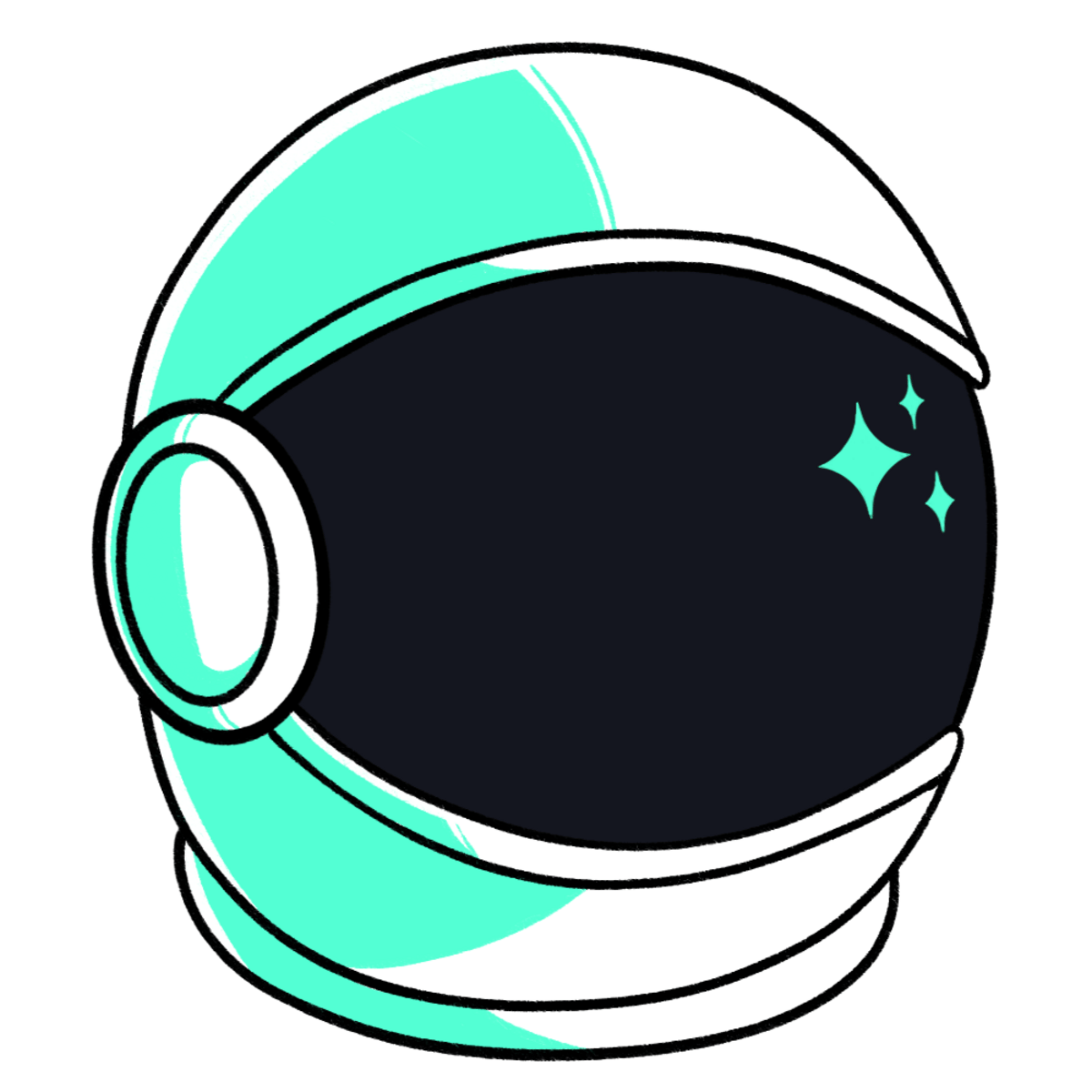Hey folks, OpenAI is rolling out its long-rumored no-code agent builder, letting non-technical teams build and deploy their own AI workers, in what looks like direct competitor to product like n8n, Make and Zapier. This makes it even easier for business operators to customize workflow automations with access to developers.
This directly lowers the barrier for operators to create custom workflows for sales, support, or operations. The big question is how reliable these agents will be when deployed on critical business tasks.
Topics of the day:
OpenAI’s no-code tool for building AI agents
Sora gets new copyright rules for business use
Jony Ive’s AI hardware device faces delays
An AI assistant that remembers your conversations
The Shortlist: Google’s new Gemini feed, NVIDIA’s AI security playbook, and Builder.io’s open-source GPT Crawler.

OpenAI launched a no-code "Agent Builder"
What’s happening: OpenAI, as expected launched a no-code "Agent Builder" during their OpenAI Dev day. It’s a drag-and-drop tool that lets anyone create complex AI agents without writing a single line of code.
In practice:
You can build custom automations for tasks like lead enrichment or customer support directly inside OpenAI's ecosystem, potentially replacing tools like Zapier.
This empowers non-technical teams in marketing, ops, and sales to create their own AI agents for repetitive tasks without needing engineering resources.
Go beyond simple triggers by designing complex workflows, like an agent that monitors industry news, summarizes key articles, and drafts a competitive analysis report.
Bottom line: Building AI agents is about to become much easier and potentially cheaper, thanks to OpenAI's entry into the space. This shifts the focus from just using AI tools to building a custom, automated workforce for your business.
Sora's Wild West week ends with new rules
What’s happening: After its viral launch week was flooded with copyrighted characters and celebrity deepfakes, OpenAI is rolling out new controls for its Sora video generator, including an opt-in system for rights-holders and plans for revenue sharing.
In practice:
The shift to an opt-in model could open the door for legitimate brand collaborations, letting marketing teams create official campaigns with licensed IP.
For creators and agencies, it signals Sora is becoming a stable platform for business, especially after the app rocketed to #1 on the App Store almost overnight.
The quick pivot is a playbook for anyone building AI-powered tools: clear monetization and IP rules are needed from day one to attract serious commercial use.
Bottom line: Sora is quickly shifting from a viral meme machine into a more structured creative platform. These new rules make it a safer bet for businesses looking to experiment with AI video for marketing and content creation.
OpenAI and Jony Ive's AI device are facing hurdles
What’s happening: The ambitious screen-free AI device from OpenAI and former Apple designer Jony Ive is reportedly facing major hurdles, with challenges in design and technical infrastructure that could delay its launch.
In practice:
This shows that creating useful AI hardware is far more than just wrapping a good language model in a sleek case.
The challenge with an "always-on" microphone highlights the massive privacy hurdles for any ambient AI tool you might consider for your team.
For entrepreneurs, this delay signals a huge opportunity remains for whoever can solve the user interface problem for the next generation of computing.
Bottom line: This is a reality check on the AI hardware hype. Building a device that people actually trust and want to use is proving to be the real bottleneck, not just the AI itself.
An AI assistant to remember everything you hear
What’s happening: A new device called Bee is a tiny wearable with a big job: it listens throughout your day and turns conversations, meetings, and brainstorms into summaries and action items.
In practice:
Imagine clipping this on before a client meeting and having it automatically never miss an action item by using its AI to turn conversations into to-dos.
You can finally capture those fleeting hallway conversations or walking brainstorms and turn them into structured notes to act on great ideas later.
Use it as a personal memory bank to recall key project details or client comments right before a follow-up call, without digging through old notes.
Bottom line: Tools like this are turning unstructured audio into a searchable, structured asset. It's like giving yourself a personal assistant dedicated to capturing and organizing every important conversation - curious to see if their take will earn their place in the market, now that you see companies like OpenAI postpone their hardware.
The Shortlist
Google is testing a visual, scrollable feed for Gemini that replaces chat bubbles with prompt suggestions, aiming to make AI interaction feel more like browsing and less like work.
NVIDIA's AI Red Team released practical security advice for deploying LLMs, urging developers to use sandboxing and strict access controls to mitigate critical vulnerabilities in production applications.
Builder.io open-sourced GPT Crawler, a tool that automatically turns website content into a custom knowledge base for building your own specialized GPTs.
This newsletter is where I (Kwadwo) share products, articles, and links that I find useful and interesting, mostly around AI. I focus on tools and solutions that bring real value to people in everyday jobs, not just tech insiders.
Please share any feedback you have either in an answer or through the poll below 🙏🏽

